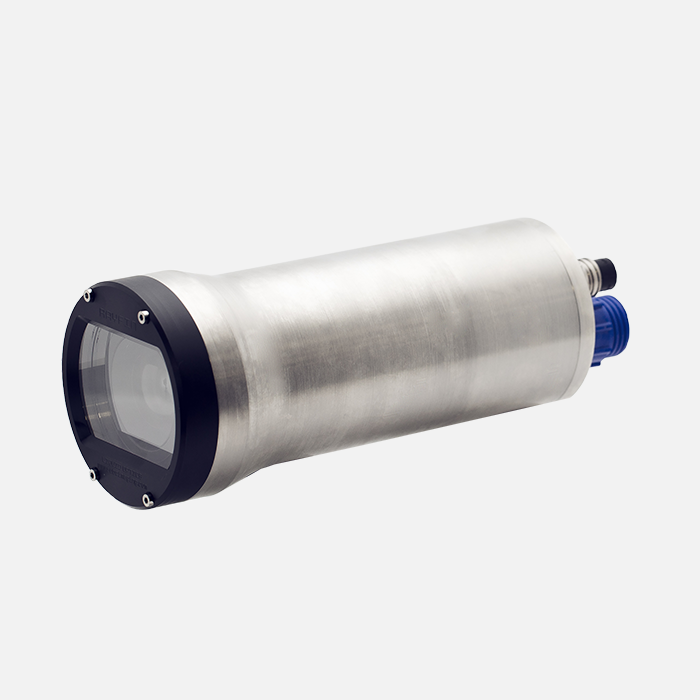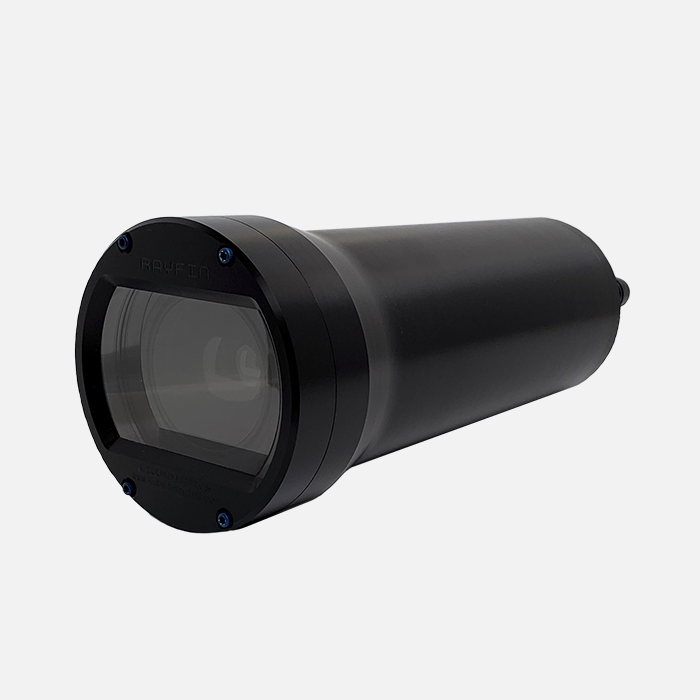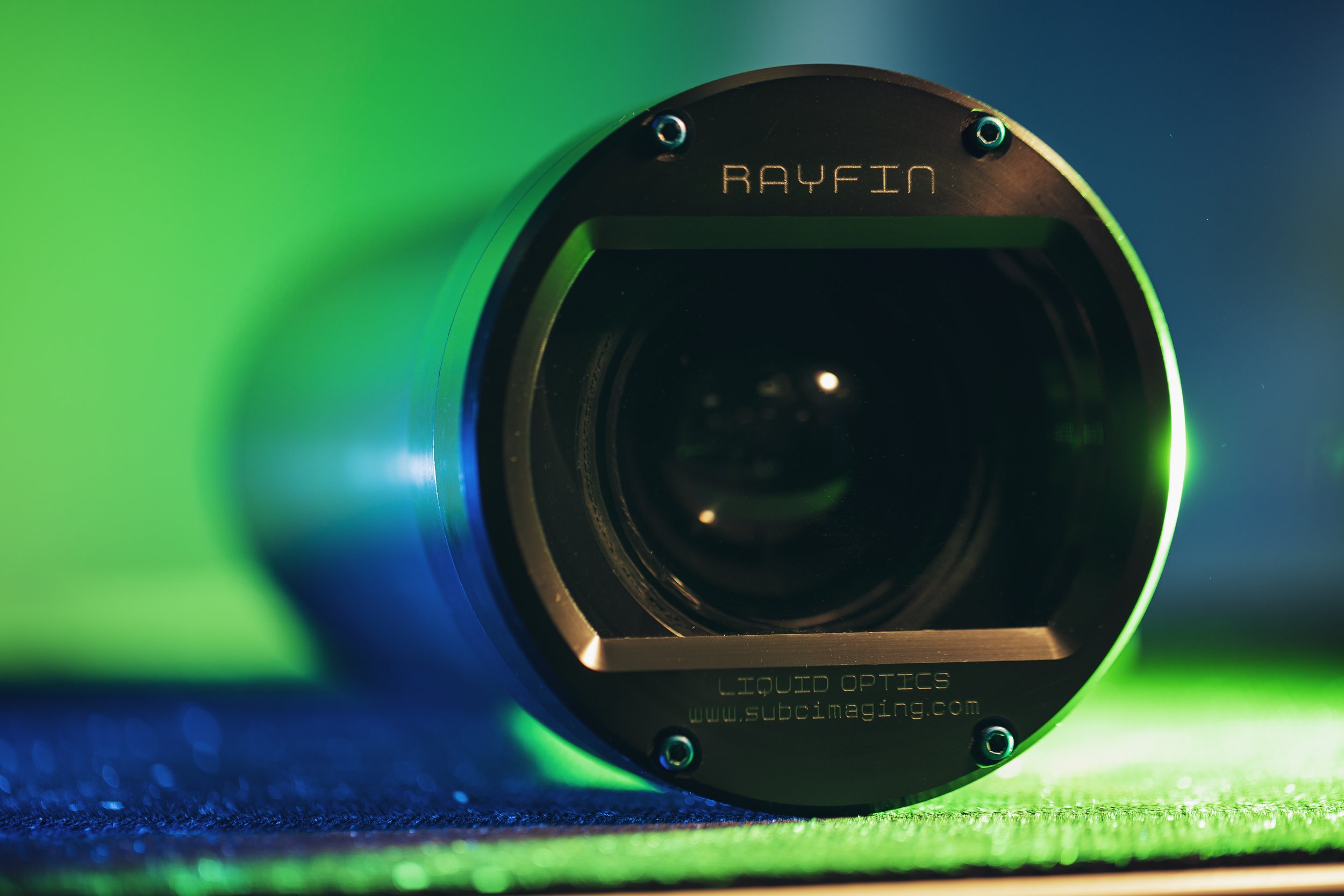SubC Camera Comparison Guide
Researching, comparing, and choosing the right underwater imaging subsea camera for your project can feel like a monumental task. You might need a subsea camera for marine research. Or, you might be looking for a camera that can mount on an ROV for an offshore energy application. Whatever your need, our team will work with you to fully understand your situation so we can provide the best recommendation. While it’s always best to speak with a member of our team, today we’ve put together a head-to-head comparison of SubC’s cameras to help you understand your options and inform your choice.
SubC Underwater Camera Lines
SubC offers three lines of cameras: The Rayfin Benthic, Rayfin Coastal and the 1Cam. The Rayfin is our signature underwater SD, HD, and 4K video and digital stills camera. It’s been recently upgraded to the Mk2 and is now better than ever. The 1Cam is our original, tried-and-true subsea camera that also captures HD and 4K footage, with the addition of optical zoom.
The Rayfin Benthic is depth rated to 6000m and is constructed of Grade 5 Titanium. This subsea camera has the most live video feed options and comes with up to four aux ports. It is available with options for live 4K, HD, and IP video formats and is fully compatible with ROV, AUV, tow/drop, autonomous, and observatory systems.
The Rayfin Coastal is depth rated to 500m and is constructed of anodized aluminum. Choose SubC’s Boost-Power Comms (BPC) technology to transmit power and data over a low-cost twisted-pair subsea cable. It provides enough power to drive the camera, two LEDs, lasers, and other sensors while enabling live HD video and data to the surface. This can be used in drop/tow camera systems to dramatically reduce the cost of cabling. If you’re looking to upgrade your ROV’s camera for live water-corrected HD IP video and data, we recommend our Ethernet over twisted pair technology. It sends signals over 470m of tether or cable and uses an existing underwater power source.
Standard Features for All Rayfin Subsea Cameras
Built-In Storage
Record and store over 10 hours of 4K video, 40+ hours of HD video and thousands of digital stills. And, as a data-logger, the Rayfin has built-in depth, tilt and roll sensors, and can store NMEA sensor data.
Intuitive Rayfin Control Software
The camera comes equipped with Rayfin Control Software. Its modern interface makes it intuitive to use and comes standard with free software updates to keep your camera cutting-edge.
Time-lapse and Automation
Save time during longer-term projects and automate workflows to reduce repetition by using autonomous scripting to capture time-lapse videos and digital stills.
Compatible With All Subsea Systems
Get the most out of your asset. From marine science observatories to offshore energy ROVs, the Rayfin’s versatility provides high-quality footage no matter the application.
Depth rated to 6000m, the 1Cam allows you to view your HD and 4K video live over fibre optics. The camera can store up to 512GB and you can conveniently transfer your footage and stills via USB topside. This type of storage works best with older vessels and vehicles that aren’t equipped with an ethernet connection.
The 1Cam really shines with its optical zoom feature. Where the Rayfin has a digital sensor zoom (5x optical equivalent), the 1Cam has 20x optical zoom. This means it’s ideal for those that need to take an image or video further away from its target.
LiquidOptics™ Lenses
All SubC cameras come with high-quality optics with our water-corrected LiquidOptics™. LiquidOptics™ allows for advanced 1:1 water-corrected sapphire optic, enabling quality that is even higher than normal. It produces outstanding colour accuracy by minimizing chromatic aberration. It also increases the field of view and image sharpness while reducing distortion.
What’s more, you can ensure you get the most out of your subsea camera investment with our end-to-end support. This includes remote onboarding and training, and ongoing customer service.
Compared to a generic flat port lens, SubC’s LiquidOptics™ provides sharper images with less distortion.
Camera Comparison Chart
Note: Not seeing exactly what you need? Both the Rayfin and 1Cam can be further customized. Talk to a member of our team to learn more.
| Rayfin Mk2 Benthic | Rayfin Mk2 Coastal | 1Cam Mk6 | |
|---|---|---|---|
| Video Standards | |||
| HD over Ethernet (HDE) | ✓ | ||
| SubC Boost-Power Comms (BPC) | ✓ | ||
| Ethernet over Twisted Pair (ETP) | ✓ | ||
| Composite Video (SD) | ✓ | ✓ | |
| HD-SDI over Coax (HDC) | ✓ | ✓ | |
| 4K over Single Mode Fiber (UHDF) | ✓ | ✓ | |
| Features | |||
| LiquidOptics | ✓ | ✓ | ✓ |
| Internal Recording | 4K, HD (H.265, H.264) | 4K, HD (H.265, H.264) | 4K, HD (H.264) |
| Storage Capacity | 512GB or 1TB (optional) 10 or (20) hours of 4K video, 40 or (80) hours of HD video. Thousands of digital stills. |
512GB | |
| Digital Stills | 12.3MP | 12.3MP | 16MP |
| Zoom | 12.3MP Sensor Zoom (5x Optical Equivalent) | 12.3MP Sensor Zoom (5x Optical Equivalent) | 20x Optical |
| Field of View (Diagonal) | 81° | 81° | 78° |
| Depth Rating | 6000m | 500m | 6000m |
| Camera Control | Ethernet, RS-485 | Ethernet | RS232, RS485 |
| Media Download | Real-time over Ethernet | Real-time over Ethernet | USB |
| Built-in Sensors | Tilt, Roll, Optional Depth and Temperature | Tilt, Roll, Optional Depth and Temperature | |
| Aux Ports | 2x to 4x | 2x | 1x |
| Optional Add-ons | LEDs and Lasers | LEDs and Lasers | LEDs and Lasers |
| End-to-End Support | ✓ | ✓ | ✓ |






